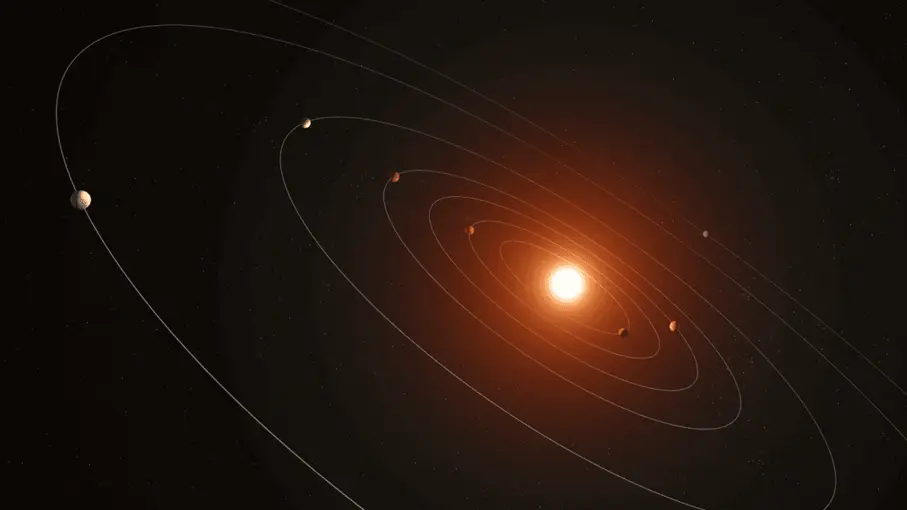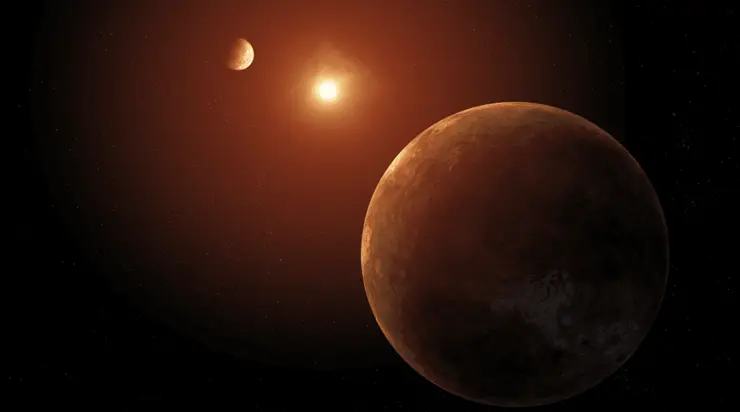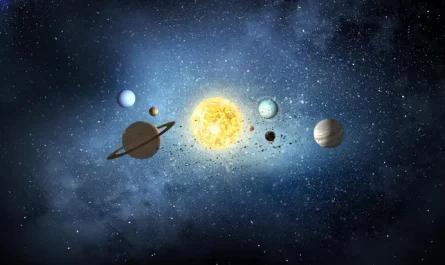Astronomers studying data from the retired Kepler space telescope have discovered a new system of seven scorching planets orbiting a distant star that is larger and hotter than our Sun.
NASA described the newly discovered planets as “sweltering” and “bathed” in thermal radiation emanating from their host star, which was described as “sun-like.” The star is 10% larger and 5% hotter than our Sun, and has more heat per unit area than any planet in our solar system, according to the agency.
All of the discovered planets are larger than Earth: the two inner planets are only slightly larger than our home, and the other five planets are about twice the size of Earth. The inner planets are likely rocky and may have a thin atmosphere. Whereas the five outer planets are supposed to have a dense atmosphere.
The system was named Kepler-385 because of the former telescope’s role in searching for planets.
The system is included in a new catalog of planet candidates discovered by the telescope. There are nearly 4,400 planet candidates, including more than 700 multiplanet systems, but NASA said it is rare to have a system with more than six planet candidates.

A planet candidate means that a planet has been discovered by telescope, but its actual existence has not yet been confirmed.
NASA said the catalog aims to create a comprehensive list that provides accurate information about each of the systems that makes discoveries like Kepler 385 possible.
The Kepler telescope, designed to search for planets like those found in the Kepler 385 system, stopped its primary observations in 2013 and conducted an extended mission until 2018. This showed that there were more planets than stars in the galaxy, and helped paint a detailed picture of what each of these planets and their home systems looked like.
“We have compiled the most definitive list of Kepler planet candidates and their properties to date. The Kepler mission has discovered most of the known exoplanets, and this new catalog will allow astronomers to learn more about their characteristics,” said Jack Lissauer, a postdoctoral fellow at the Ames Research Center. Silicon Valley and lead author of the article introducing the new catalogue.
Kepler Space Telescope – what we know
As UNIAN reported, the Kepler space telescope was launched on March 6, 2009. At the time of launch, it was the device with the largest digital camera in deep space. In the first three years of work, he discovered more than 3.5 thousand candidates for exoplanets, most of them were small planets, less than three times the size of Earth.
In 2013, due to a gyroscope failure, Kepler’s operation was stopped. However, engineers managed to restore the telescope’s orientation using solar radiation, and a new K2 mission began in 2014.
In October 2018, NASA decided to stop operating the Kepler space telescope , which operated in space for nine years and discovered more than 2.6 thousand exoplanets.
The closure of the project is due to the fact that the fuel on board the device ran out, and the telescope could no longer maintain the orientation in space necessary for observations. As NASA said at the time, “Kepler exceeded all expectations and opened the way for new research and the search for life in the solar system and beyond.”



